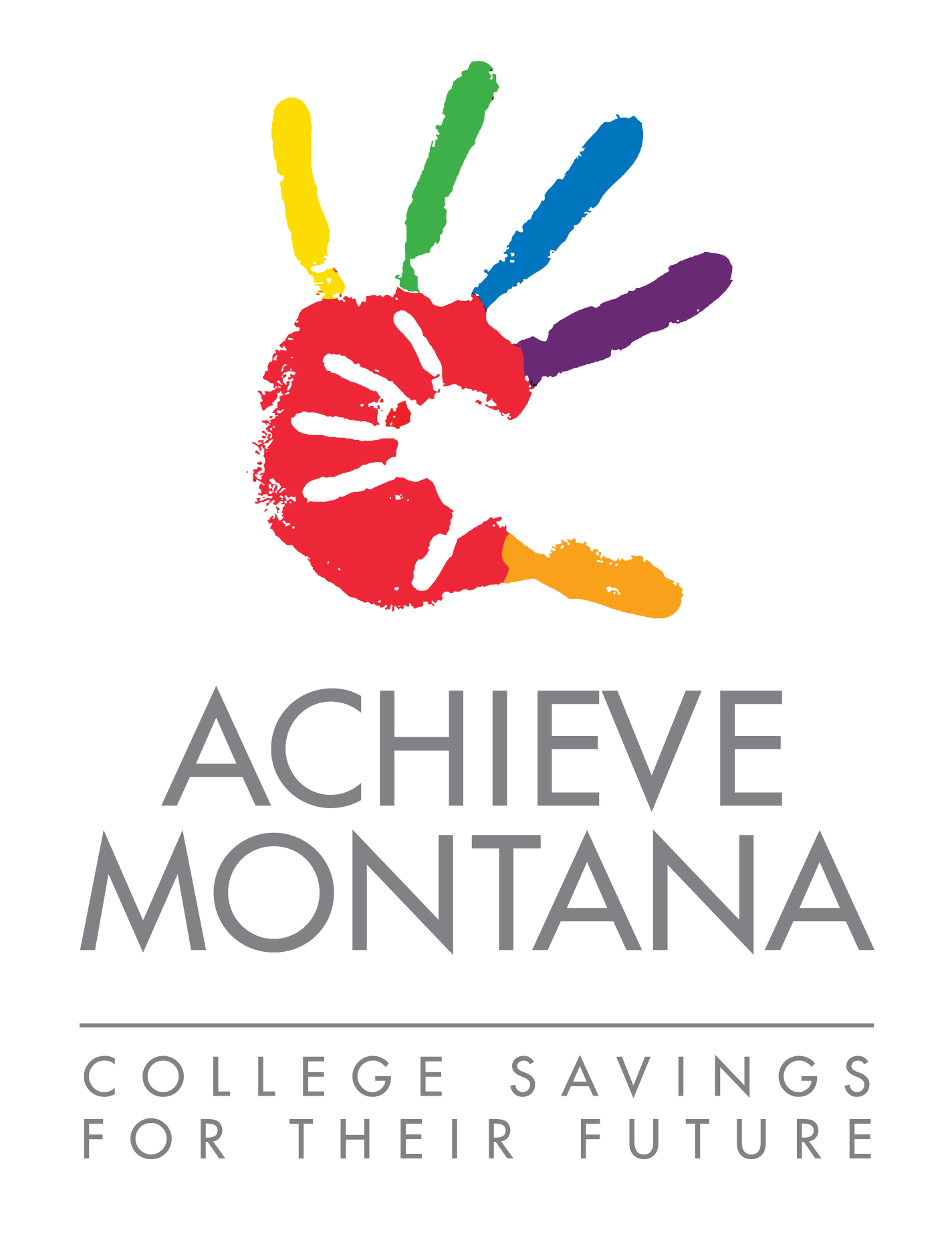Security Center
Home » Security Center
Guard Against Online Fraud and Scams
Con artists have devised clever ways to trick people into revealing personal information online, including schemes known as “phishing” and “pharming”. Precautions taken by Achieve Montana – and you – can help keep your information secure.
Here's what you need to do
As you conduct business online, taking a few simple precautions can go a long way toward protecting your personal information.
Verify Website Security
Make sure the website has the proper encryption by first verifying that the Web address (URL) begins with https://. Then mouse-over the padlock image (depending on your browser) in your Web browser window to show the security. You can also double-click the image to get additional information on SSL security. On https://achievemontana.com be sure to look for your security image before logging on.
Vary Answers to Security Questions
Use caution when you select your Achieve Montana security questions and answers, as some information about you is readily available. An alternative is to answer the security questions with unique responses or code words. If you choose this option, make sure to remember your answers.
Log Off and Close Your Browser
Achieve Montana recommends that after accessing your account information online, you click Log off or Log Out at the top of the page and close your Web browser. Some of your account information can stay in your browser’s memory until the browser is closed.
Open all Achieve Montana communications in a timely manner. We provide confirmations either through U.S. mail or e-mail depending on your preference. Watch for these confirmations and if you have any questions about a confirmation statement, contact us immediately.
Take Caution When Using Public Computers
Be cautious when using public computers (especially when traveling abroad and those found at libraries, Internet cafés, and schools), or using shared ones, such as home computers. You don’t know what may be installed on these computers. Public computers are traditionally on open networks and can be susceptible to monitoring without your knowledge.
Use Wireless Technology Safely
If you have a wireless network at home, make sure to follow manufacturer’s guidelines to secure your network. If you’re not sure how, contact the manufacturer for assistance. And don’t check your accounts over a public wireless Internet connection.
Update Your Software
Older computers are harder to protect. PCs running Windows XP and earlier operating systems don’t receive security software updates and have difficulty operating newer software, therefore increasing their vulnerability to hackers.
Review Your Credit Report
Review your credit report every four to six months for unauthorized activity. Go to annualcreditreport.com to receive your free credit report or call 877-322-8228. You can also contact any of the following credit reporting agencies.
Phishing
Phishing attacks seek to gather personal information, such as Social Security numbers or online User Name and passwords, to access victims’ accounts. A phishing attack often appears as an unsolicited, but authentic looking, e-mail that may threaten to close your account unless you verify some information. Although the links in the message may look like your financial institution’s website address, they point to a fake website that gathers the information you enter. Criminals then use that information to steal a person’s identity.
Phishing e-mails typically include typos and other mistakes, terms the company may not use, or email addresses that look different than ones the company uses.
Pharming
Pharming is another type of online attack where website names (such as https://achievemontana.com) are changed to point to an attacker’s numeric Internet address (the “IP address”) instead of the Achieve Montana’s legitimate IP address. Successful pharming attacks are less common than they were a few years ago; however, it’s possible for an attack to be temporarily successful against poorly protected servers.
Secure Sockets Layer (SSL)
SSL is a protocol developed for transmitting private documents via the Internet. SSL uses a cryptographic system that uses two keys to encrypt data. A public key, which is known to everyone, and a private or secret key, known only to the recipient of the message. URLs that require an SSL connection start with “https://” instead of “http://”.
Phishing e-mails typically include typos and other mistakes, terms the company may not use, or email addresses that look different than ones the company uses.

